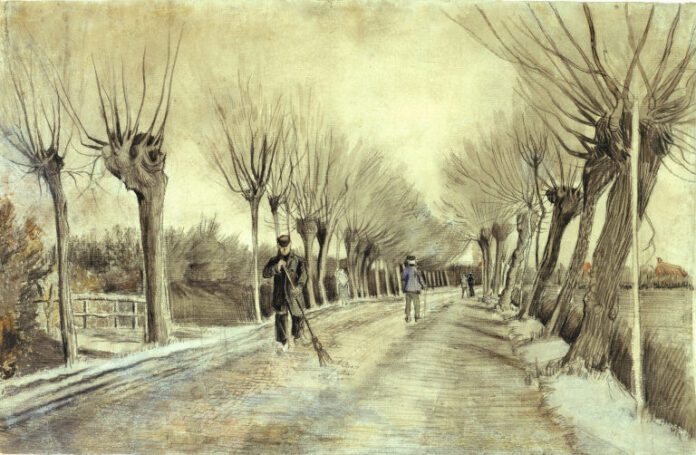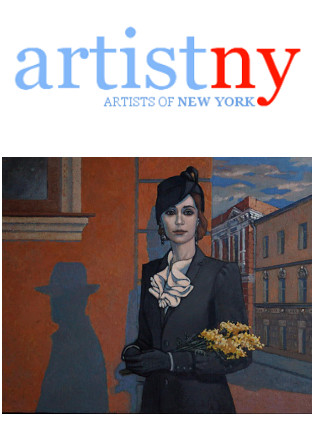Quitting pen force us to ask a question – “What can we use in place of a pen?” The answer is having many different pens and using them to express ourselves.
Motivations for drawing
Drawing has been an outlet for me since childhood. I continue to draw today. The freeing process provides both the physical and the mental release that is necessary in two-dimensions form. It is a creative process that yields many intricate lines of life’s truths.
I draw because it’s a way to communicate with myself. It’s an escape. A release. I can express my happiness, sadness, or anger. I enjoy drawing because of the variety of media and different ways to illustrate what I’m feeling and thinking.
Many people enjoy drawing, as it can be a fun and exciting activity. For some, it becomes a hobby that they do every day or whenever they feel stuck in life. They often enjoy the independence and creativity of taking inspiration from their own thoughts and ideas. Others find how to express themselves differently through drawing than they do with words or speech alone. Drawing is an art form which should be given much more focus because of its many positive effects, both socially and emotionally!
How drawing with pens can feel different from other art
One of the most enjoyable aspects of drawing with pens is that they have a wonderful feeling as they glide across the paper. Many people go back to them every so often just because they’re easy to use and simple even for beginners. The ink can dry really fast, so you don’t need to worry about smudging anything. These pens are normally fine or medium point as well.
Different drawing with pens may be challenging, but the art work takes on an entirely different feeling when drawn with them. The darker and grainier feel of a line that is made with a pen creates an assumption of wisdom and disillusionment over suffering in the story, which is conveyed in the artwork.
Drawing with a pen is a difficult process as it requires greater control of the hand muscles. It can take years of practice before one can produce finer lines than that produced by pencil. Furthermore, drawing with ink gives lines a different appearance from those created by pencil. Lines drawn in ink have a slight vibrancy and sheen. In addition, the use of colored ink creates beautiful and vivid art.
Questions to ask yourself when drawing with pencils or pens
-Do you ever feel a lack of control and consistency while drawing?
-Are the strokes smooth – or do they have points, exclamation marks, and other shapes?
-How often to you use pressure when drawing?
Answering these questions and understanding your style can help take your artwork to the next level.
When sketching with pencils, it is important to have questions in mind that will help you know if something is in the wrong place. Some questions include whether or not the proportions are correct, or whether the shading is too dark. It’s also important to know how thick your lines should be depending on what type of animal you are drawing and what area of the body. For example, lines on a human face should be thinner than on their forehead. When using pen, it’s just as important to ask yourself these questions and make adjustments accordingly.
Once one knows these answers, sketching will fall more easily into place and good proportions can be achieved with ease.
Benefits and Different Types of Pens
Many artists aren’t even aware of the many benefits of using a pen as their primary medium. Some types of pens to consider using include ballpoint, felt-tip, and fountain pens. Ballpoint pens are probably the most familiar and efficient but if it breaks, you cannot clear out debris since the feed is exposed which can cause ink blobbing. These pens are usually best when used with a heavy paper like cardboard or Bristol board.
Felt-tips have a much higher flow than ballpoints but they can be tricky to maneuver across larger papers, so they are typically good with smaller tools such as Copic Sketch Pens and Staedler Pigment Liners. Speaking of Copic Sketch Pens, these are excellent for artists who want an ability to blend colors together on the same paper with different types of media like pencils. They can also produce finer strokes that may be harder to achieve with felt-tips as well as more vivid colors than felt tips in general offer
Liquids or Gouache paint often works in conjunction with felt-tips because liquid paints don’t need heavy papers or turpentine
Fountain pens have many positive features but come at a steep cost; some people find them messy or time consuming
The Importance of Pen Design and Materials
In the past few years, my preferred writing instrument has gone from a foam roller to a pen. As with most hobbies and passions, there are numerous aspects of pens that make our experience with them more personal and interactive. The pen design is important to each individual – anything from the length of how comfortable it feels in your hand, to the shade of metal or plastic sitting on the desk impacts which one we choose. The ink color is also crucial to some level; black may be too harsh for daily use as introduction of blue into home décor is amplified.
Might as well say that pens are inanimate objects of artistry.
Beyond functionality, the design of each pen has a certain artistic element. Lines; curves; and dots are used to vary the thickness and darkness of strokes, which enables handwriting to be created with an artistic flare. The power achieved by differentiating between thick and thin lines changes the look, feel and impact of handwriting. Combining this with a wide range of colours will enable each letter to be uniquely individualized.



